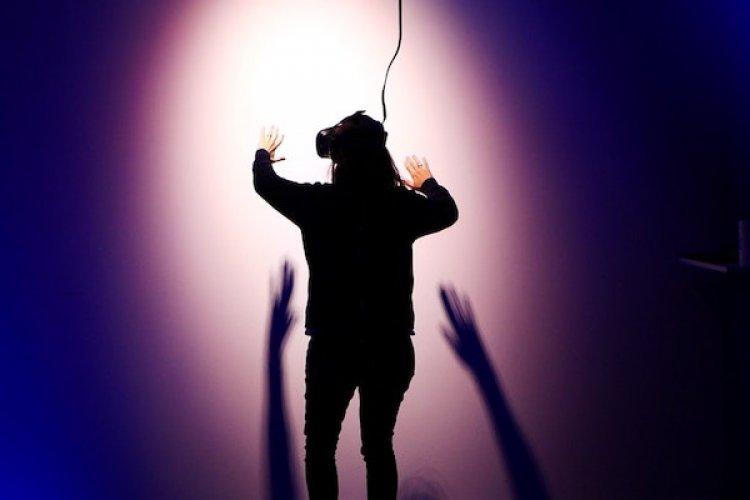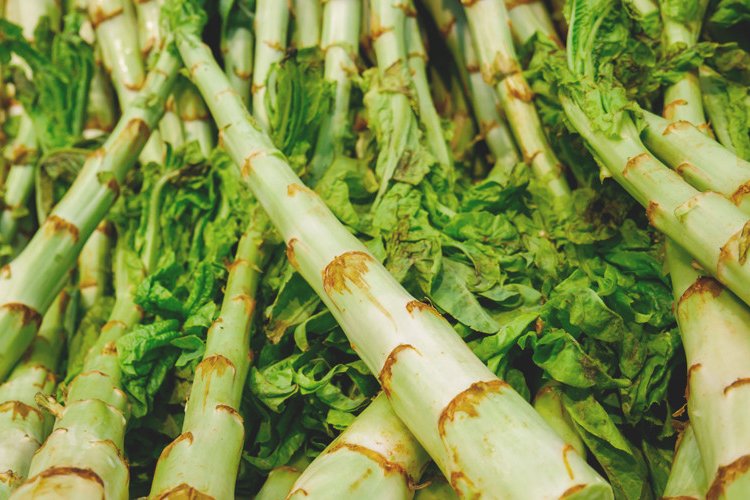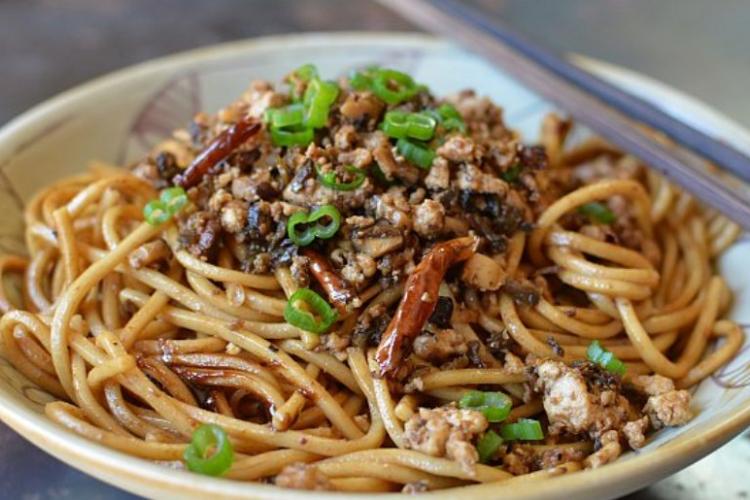Phone Fashion: The New App That Unveils China's Dream Wardrobes
Style fiends in New York City have given Beijing Subway's phone obsessed another reason to keep their digits distracted: another photo-sharing app driven by influential trendsetters and retailers spanning the globe.
Intended as a "style muse," Bomoda uses a pinboard-style interface that many are already familiar with (think Pinterest and China's Meilishuo), to highlight looks from both local and international designers. The concept is easy: You browse fashion photography and repost the images you like. Bomoda's former vice president of marketing in China, Avery Booker, points out some unique features of the app below.
Who uses Bomoda?
Users include designers, brands, and stylists using Bomoda as a platform to reach new customers and clients, as well as popular Chinese bloggers and street style photographers. Most users are younger, more educated consumers in major cities who are passionate about fashion and looking for inspiration, emerging global trends, and an avenue for style self-expression. When users register for the site, we ask about their fashion interests (apparel, accessories, brands, celebrities, street-style, etc.) and recommend verified users for them to follow as a way to quickly find accounts they'll be interested in.
How does your account become "verified"?
We verify accounts in-house based on a user's activity on the site (liking, reposting, sharing) and the quality of the images he or she uploads. Verification is completed on a rolling basis by our editorial team. For brands, designers, bloggers and other more well-known users, Bomoda verifies their account immediately. Prior to official launch, we reserved dozens of brand and celebrity names to ensure only these brands and celebrities can use their names in an official capacity on the site. The verification system is designed to maintain top quality standards and guarantee a better user experience, which other, more mass-market visual fashion websites and apps in China tend to overlook.
What about Bomoda could be interesting for expats who are curious about China's style scene, but can't necessarily afford or care to buy luxury wear?
High-end brands and designers are definitely a major part of what we cover in our newsletter and feature on our platform and app, but at its essence Bomoda is about finding one's style muse, getting inspired, building confidence, and assembling one's own looks. For foreigners in Beijing, or China as a whole, Bomoda is a great way to keep up with some of the top local designers and retailers who have jumped on board since launch. It's also a convenient way to see how style differs in north vs. south China, first vs. second-tier cities, and among younger vs more mature users. Also, it's just a fun way to quickly browse emerging international trends and pick-and-choose those that speak to you. By taking language largely out of the equation, we've created a platform that is at once very useful for local Chinese users and foreigners alike.
It seems like some categories are still a bit of a grab bag -- i.e., Street Style has a lot of pins that don't seem so street style-y. How do you plan to work with or around this?
When users create their own collection, they set the "genre" themselves, so some new users take time to get used to this. Over time, the process will likely be more automated to make sure users don't set the incorrect category for a collection about accessories or travel. However, most users have been good about doing this on their own so far, something that we've been pleased to see.
Do you discourage users from only posting images with items from their shops?
As a User-Generated site and app, ultimately how each member uses our site depends on them. Quality naturally rises to the top, and we've seen this in action since our official launch. If a member posts photos of items from their shop and the images are of good quality, and as long as he or she isn't selling counterfeit luxury goods on Taobao, that user is still capable of being verified and promoted by Bomoda.
How much can people find on Bomoda in terms of more local, independent designers at this point? Is there any ratio at this point in terms of local vs luxury on the site?
There are quite a lot of independent local designers already with verified accounts on Bomoda, so anyone with an interest in emerging designers and local fashion can find plenty of content. Currently I'd say the ratio between high-end/luxury and indie/local leans much more toward the former. However, fashion isn't black-and-white, so a significant percentage of images on Bomoda don't skew towards strictly luxury and strictly indie. The diversity of images users have added to their collections and shared to social media has been astonishing.
Check Bomoda out for yourself here, but first read our breakdown of how the app works in the Beijinger's January issue.
Photo: Courtesy of Bomoda





